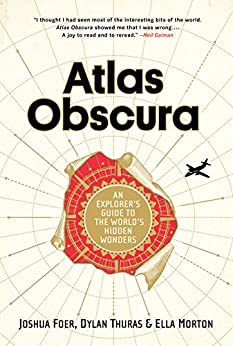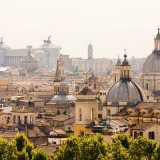A Journey Through Italy’s Cinque Terre
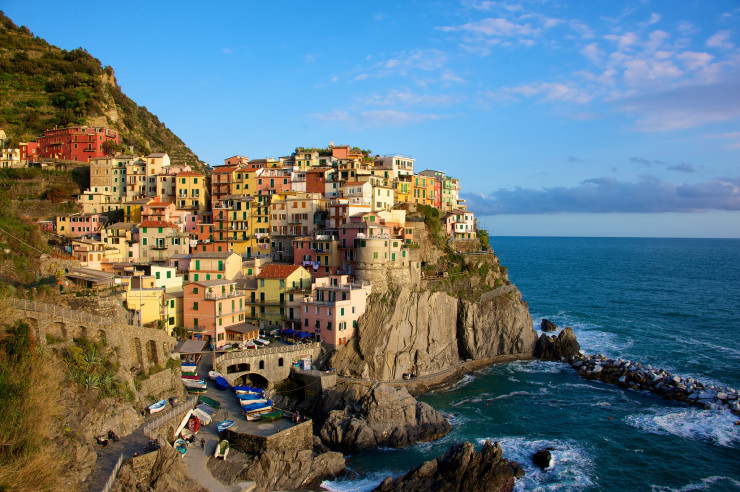
Manarola in the Cinque Terre. Credit: Daniel Stockman, Flickr
It is late afternoon in the small village of Manarola, and while I sip limoncello overlooking the Mediterranean Sea I think to myself – this is about as Italian as it gets. I enjoy the views atop our rooftop terrace high on the cliffs. As the daytrippers below move on to their next destination, they leave behind a stillness and quiet that never seems to come in Rome or Venice. I gaze out along the coastline, and reflect on my day’s journey.
The place is the Cinque Terre (not pronounced like ‘five’ in French – I found out the hard way). This unique coastal region on the Italian Riviera is near the neighbouring cities of Genoa and La Spezia. The Cinque Terre, as translated, refers to the five villages of Monterosso al Mare, Vernazza, Corniglia, Manarola and Riomaggiore. Historically, these five fishing villages were linked together by a rugged trail, and later by rail line. To this day, these pathways remain the quickest and most efficient way to travel from village to village.
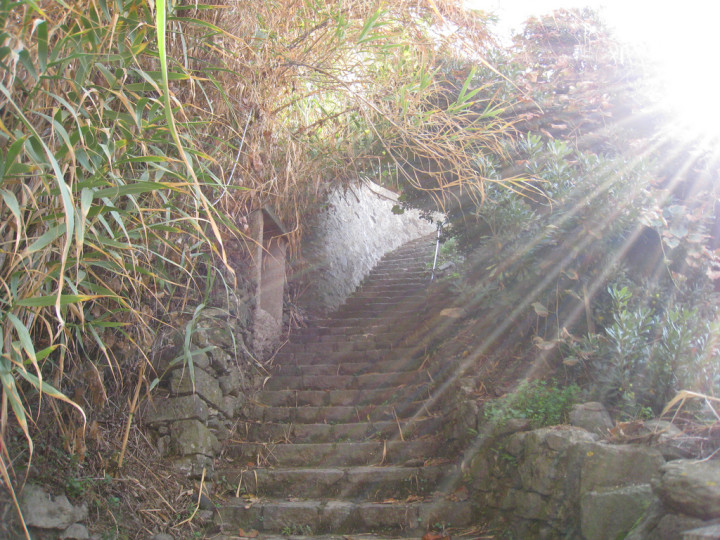
Along the path in Cinque Terre. Credit: Henri Sivonen, Flickr
When deciding how best to navigate the Cinque Terre, I pick the eldest option, the Sentiero Azzurro trail. I choose to start this fifteen kilometer journey in the largest of the villages, Monterosso. Being early in the morning, I opt out of the local speciality – anchovies – dip my feet into the sea and set out towards my end destination of Manarola. I learn a few things quickly as I begin this hike: one, hiking with salty feet is irritating and uncomfortable; two, walking up hundreds of flights of stairs in oppressive heat is not ideal when carrying a 20-pound backpack; and three, the unlimited rail pass to explore the Cinque Terre is certainly the easier option. However, I persevere, making my way to the second village of Vernazza.
As I turn the the last corner, setting my eyes upon Vernazza for the first time, I understand why the buildings were painted such bright hues. The colours certainly provide a beautiful mosaic like seashells on the beaches below, however the buildings were allegedly painted this way so that fishermen were able to make out their homes while at sea, ensuring that their wives were at home, as expected.
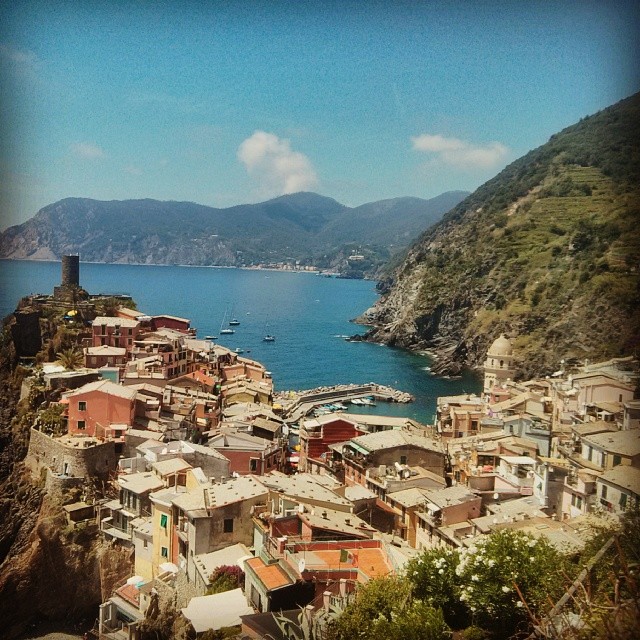
The village of Vernazza. Credit: Stephen Ouderkirk
After stopping for a light meal, I carry on to the next stop on the trail: Corniglia. The villages are perfectly equidistant, taking approximately two hours to walk from one to the next. Trekking up and down the coast, I’m treated to breathtaking views of the sea at the top, and sensory bliss while down in the valleys. The intoxicating smells of the olive and lemon trees could only accentuate the visual overload of this divine place.
Finally, I arrived in the village of Manarola, where my my day’s journey came to an end. Unfortunately, after a devastating landslide in 2011, the link between Manarola and Riomaggiore was destroyed, and work continues to restore the aptly named ‘Lovers’ Lane’ to operational conditions. After sitting down for a delicious meal of local seafood and wine, the rooftop terrace is where I spend the night, and in memory it remains the place where the world truly did stand still. Watching the waves roll in – in an almost Circadian fashion – I could feel myself slow to that natural rhythm original inhabitants of these villages must have known all too well.

The sun sets on Cinque Terre. Credit: Maman Voyage, Flickr
While the news that Italy is set to limit the number of tourists able to visit to these beautiful villages in the next year may be unfortunate for eager travellers, I’m relieved to know that the unique stillness I craved while in other Italian cities will endure in the Cinque Terre.
Share tips from your journey through the Cinque Terre with us in the comments below!
Stephen Ouderkirk
Latest posts by Stephen Ouderkirk (see all)
- A Traveller’s Guide to Britain’s Real Ales - April 26, 2016
- A Journey Through Italy’s Cinque Terre - March 1, 2016

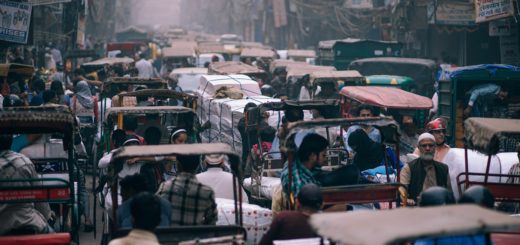

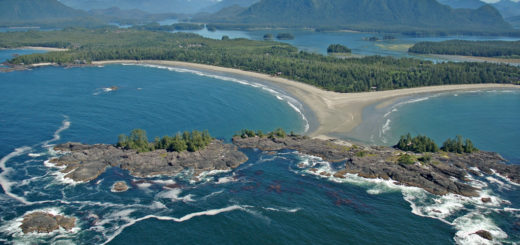




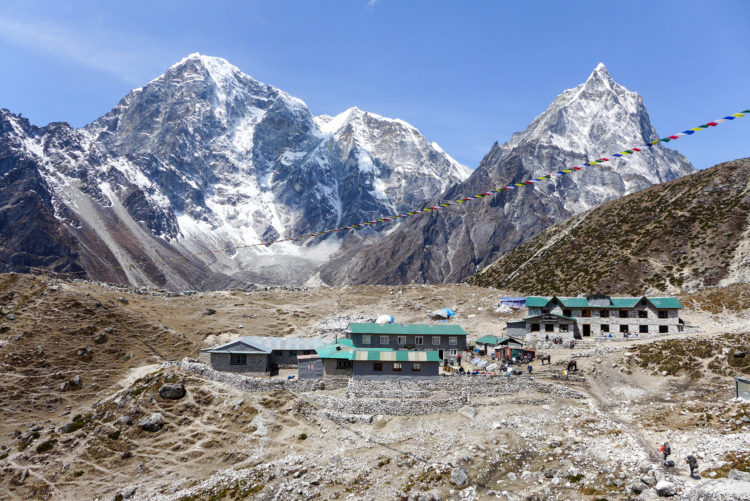 Almost all the tea houses in
Almost all the tea houses in 
